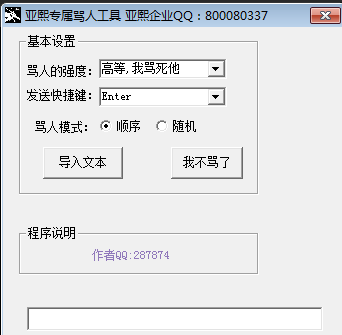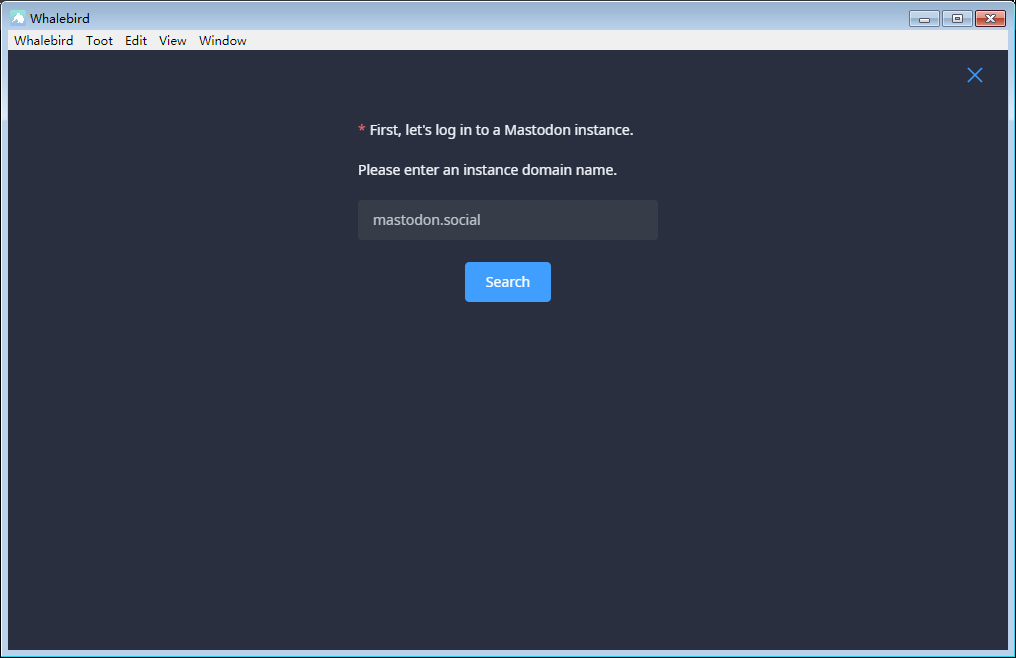linux中引入模块机制有什么好处
时间:2023-04-07 13:00
linux中引入模块机制的好处:1、应用程序在退出时,可以不管资源的释放或者其他的清除工作,但是模块的退出函数却必须仔细此撤销初始化函数所作的一切;2、该机制有助于缩短模块的开发周期,即注册和卸载都很灵活方便。 本教程操作环境:linux7.3系统、Dell G3电脑。 首先,模块是预先注册自己以便服务于将来的某个请求,然后他的初始化函数就立即结束。换句话说,模块初始化函数的任务就是为以后调用函数预先作准备。 好处: 1) 应用程序在退出时,可以不管资源的释放或者其他的清除工作,但是模块的退出函数却必须仔细此撤销初始化函数所作的一切。 2) 该机制有助于缩短模块的开发周期。即:注册和卸载都很灵活方便。 Linux允许用户通过插入模块,实现干预内核的目的。一直以来,对linux的模块机制都不够清晰,因此本文对内核模块的加载机制进行简单地分析。 模块的Hello World! 我们通过创建一个简单的模块进行测试。首先是源文件main.c和Makefile。 其中init为模块入口函数,在模块加载时被调用执行,exit为模块出口函数,在模块卸载被调用执行。 其中,obj-m指定了目标文件的名称,文件名需要和源文件名相同(扩展名除外),以便于make自动推导。 然后使用make命令编译模块,得到模块文件main.ko。 使用insmod和rmmod命令对模块进行加载和卸载操作,并使用dmesg打印内核日志。 通过内核日志信息,可以看出模块的入口函数和出口函数都被正确调用执行。 模块文件 使用readelf命令查看一下模块文件main.ko的信息。 我们发现main.ko的文件类型为可重定位目标文件,这和一般的目标文件格式没有任何区别。我们知道,目标文件是不能直接执行的,它需要经过链接器的地址空间分配、符号解析和重定位的过程,转化为可执行文件才能执行。 那么,内核将main.ko加载后,是否对其进行了链接呢? 模块数据结构 首先,我们了解一下模块的内核数据结构。 模块数据结构的init和exit函数指针记录了我们定义的模块入口函数和出口函数。 模块加载 模块加载由内核的系统调用init_module完成。 系统调用init_module由SYSCALL_DEFINE3(init_module...)实现,其中有两个关键的函数调用。load_module用于模块加载,do_one_initcall用于回调模块的init函数。 函数load_module的实现为。 函数load_module内有四个关键的函数调用。copy_and_check将模块从用户空间拷贝到内核空间,layout_and_allocate为模块进行地址空间分配,simplify_symbols为模块进行符号解析,apply_relocations为模块进行重定位。 由此可见,模块加载时,内核为模块文件main.ko进行了链接的过程! 至于函数do_one_initcall的实现就比较简单了。 即调用了模块的入口函数init。 模块卸载 模块卸载由内核的系统调用delete_module完成。 通过回调exit完成模块的出口函数功能,最后调用free_module将模块卸载。 结论 如此看来,内核模块其实并不神秘。传统的用户程序需要编译为可执行程序才能执行,而模块程序只需要编译为目标文件的形式便可以加载到内核,有内核实现模块的链接,将之转化为可执行代码。同时,在内核加载和卸载的过程中,会通过函数回调用户定义的模块入口函数和模块出口函数,实现相应的功能。 相关推荐:《Linux视频教程》 以上就是linux中引入模块机制有什么好处的详细内容,更多请关注Gxl网其它相关文章!
Linux中引入模块机制有什么好处?
Linux模块机制浅析
florian@florian-pc:~/module$ cat main.c#include<linux/module.h>#include<linux/init.h> static int __init init(void){ printk("Hi module!
"); return 0;} static void __exit exit(void){ printk("Bye module!
");} module_init(init);module_exit(exit);florian@florian-pc:~/module$ cat Makefileobj-m += main.o#generate the pathCURRENT_PATH:=$(shell pwd)#the current kernel version numberLINUX_KERNEL:=$(shell uname -r)#the absolute pathLINUX_KERNEL_PATH:=/usr/src/linux-headers-$(LINUX_KERNEL)#complie objectall: make -C $(LINUX_KERNEL_PATH) M=$(CURRENT_PATH) modules#cleanclean: make -C $(LINUX_KERNEL_PATH) M=$(CURRENT_PATH) clean
florian@florian-pc:~/module$ makemake -C /usr/src/linux-headers-2.6.35-22-generic M=/home/florian/module modulesmake[1]: 正在进入目录 `/usr/src/linux-headers-2.6.35-22-generic' Building modules, stage 2. MODPOST 1 modulesmake[1]:正在离开目录 `/usr/src/linux-headers-2.6.35-22-generic'
florian@florian-pc:~/module$ sudo insmod main.ko;dmesg | tail -1[31077.810049] Hi module!
florian@florian-pc:~/module$ sudo rmmod main.ko;dmesg | tail -1[31078.960442] Bye module!
florian@florian-pc:~/module$ readelf -h main.koELF Header: Magic: 7f 45 4c 46 01 01 01 00 00 00 00 00 00 00 00 00 Class: ELF32 Data: 2's complement, little endian Version: 1 (current) OS/ABI: UNIX - System V ABI Version: 0 Type: REL (Relocatable file) Machine: Intel 80386 Version: 0x1 Entry point address: 0x0 Start of program headers: 0 (bytes into file) Start of section headers: 1120 (bytes into file) Flags: 0x0 Size of this header: 52 (bytes) Size of program headers: 0 (bytes) Number of program headers: 0 Size of section headers: 40 (bytes) Number of section headers: 19 Section header string table index: 16
linux3.5.2/kernel/module.h:220struct module{ …… /* Startup function. */ int (*init)(void); …… /* Destruction function. */ void (*exit)(void); ……};linux3.5.2/kernel/module.c:3009/* This is where the real work happens */SYSCALL_DEFINE3(init_module, void __user *, umod, unsigned long, len, const char __user *, uargs){ struct module *mod; int ret = 0; …… /* Do all the hard work */ mod = load_module(umod, len, uargs);//模块加载 …… /* Start the module */ if (mod->init != NULL) ret = do_one_initcall(mod->init);//模块init函数调用 …… return 0;}linux3.5.2/kernel/module.c:2864/* Allocate and load the module: note that size of section 0 is always zero, and we rely on this for optional sections. */static struct module *load_module(void __user *umod, unsigned long len, const char __user *uargs){ struct load_info info = { NULL, }; struct module *mod; long err; …… /* Copy in the blobs from userspace, check they are vaguely sane. */ err = copy_and_check(&info, umod, len, uargs);//拷贝到内核 if (err) return ERR_PTR(err); /* Figure out module layout, and allocate all the memory. */ mod = layout_and_allocate(&info);//地址空间分配 if (IS_ERR(mod)) { err = PTR_ERR(mod); goto free_copy; } …… /* Fix up syms, so that st_value is a pointer to location. */ err = simplify_symbols(mod, &info);//符号解析 if (err < 0) goto free_modinfo; err = apply_relocations(mod, &info);//重定位 if (err < 0) goto free_modinfo; ……}linux3.5.2/kernel/init.c:673int __init_or_module do_one_initcall(initcall_t fn){ int count = preempt_count(); int ret; if (initcall_debug) ret = do_one_initcall_debug(fn); else ret = fn();//调用init module …… return ret;}linux3.5.2/kernel/module.c:768SYSCALL_DEFINE2(delete_module, const char __user *, name_user, unsigned int, flags){ struct module *mod; char name[MODULE_NAME_LEN]; int ret, forced = 0; …… /* Final destruction now no one is using it. */ if (mod->exit != NULL) mod->exit();//调用exit module …… free_module(mod);//卸载模块 ……}



























